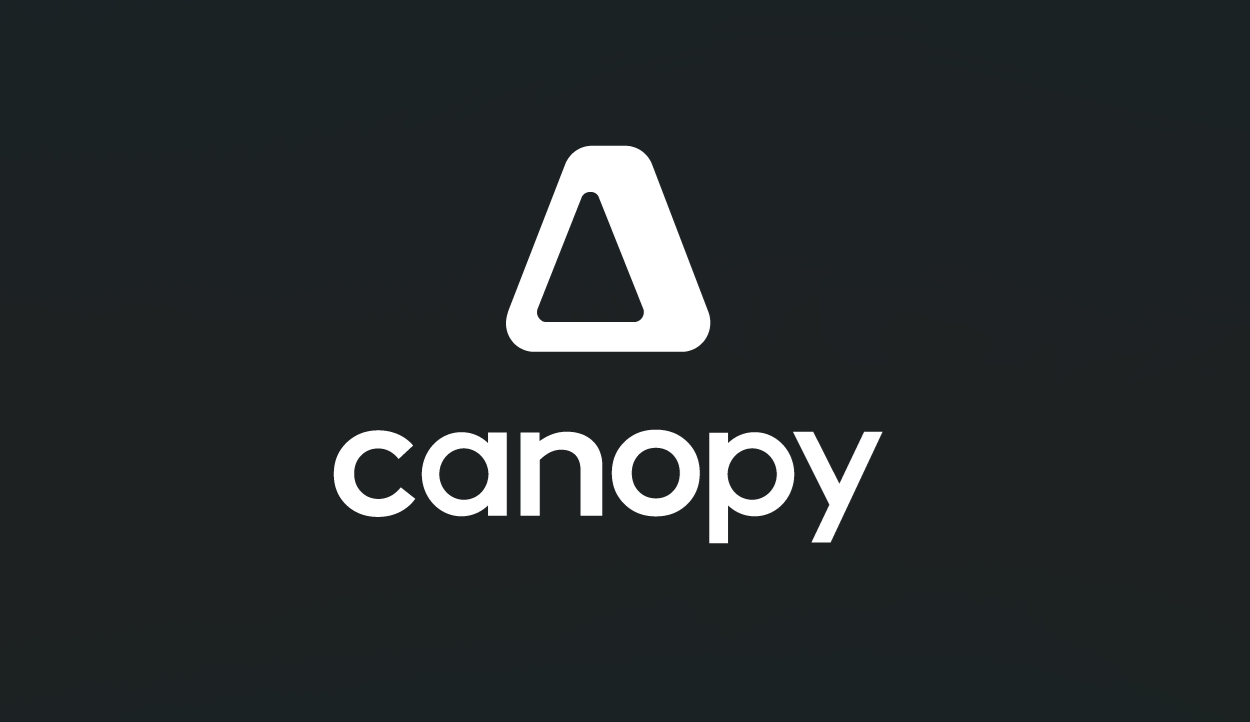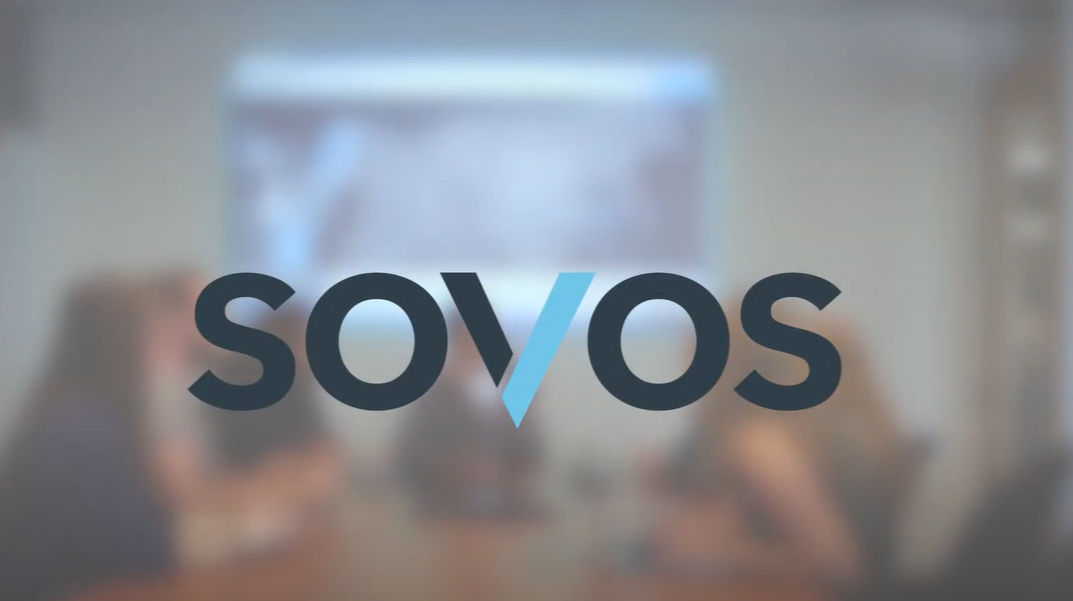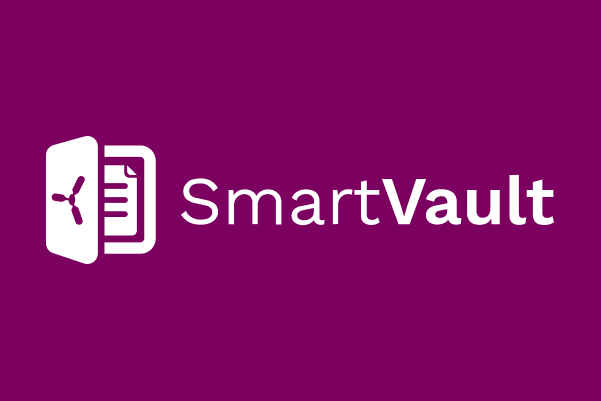Running a business is all about money. Managing the when, why, where and how much of it is crucial whether a company has one employee or one million.
While it is also
essential to effectively manage client and vendor relationships and efficiently manage inventory and other business processes, keeping precise track of incoming and outgoing funds and attributing these debits and credits
to appropriate accounts in a double-entry accounting system enables the management of a business to accurately assess the health of the business and take action as necessary to improve it.
The more than 23 million small businesses make up more than 99 percent of the total business market in the United States, accounting for more than 50 percent of the gross domestic product. That’s a lot of money and, unfortunately, it’s not always efficiently managed. As almost any accountant will tell you, their entrepreneurial clients may be brilliant and
usually know their business better than almost anything, but they are not so likely to be proficient at keeping their books in a professional manner.
That’s where the right accounting package can greatly assist the small business client and the accountant that provides them with write-up, trial balance, tax compliance and other services. The small business accounting market is mature, with many options that are geared toward
specific types of industries, and most programs offer the ability to customize to certain kinds
of businesses.
But to be effective for a small business, these programs must cover the “hard accounting” work with an interface that enables a non-accountant to move throughout business tasks such as entering invoices, ordering
inventory, receiving payments and paying bills, while the program automatically takes care of the journal entries, transactions and monitors account balances, due dates and other tasks.
All of the programs reviewed in this section provide the basic tools that will help a small business properly manage their books. Most of the programs include additional modules (whether included in the base price or available as an add-on) for managing inventory and payroll, performing basic financial analysis, customizing reporting and managing bank accounts. A few offer more advanced options, including point-of-sale devices, greater human resources management and payroll functions, time-based billing, expanded inventory capabilities and increased contact management tools.
In addition to the programs reviewed in this section, information on a few additional small business bookkeeping products is available here.
The key to finding the right software for a small business is to first determine the primary needs of the company, whether it’s a retail, manufacturing, wholesale, nonprofit or service-based enterprise, and then to find a product that meets those needs and that the business’ owners or managers will actually use.
After consulting with professional accountants and vendors, we identified several areas that are key in the selection of a small business accounting application. Each program was rated based on a scale of up to five stars in each of these areas.
Ease-of-Use/Basic Functionality
This section addresses the ease with which non-accountant users can perform the basic tasks required for daily operation, from initial setup of the program and entering estimates and invoices, to receiving payments, managing vendors, and paying bills and employees.
Available Modules/Customization for Vertical Industries
This area focuses on functions within the program aside from GL, AP and AR. All
businesses have to pay their employees, even if there is only one. All businesses have to manage their clients and vendors. What tools are
available to assist the user in running the
business? With such diversity in the types of small businesses, this section also looks at how the programs can be customized to suit the traditional needs of particular types of businesses.
Expandability
Hopefully, your clients’ businesses will succeed, but sometimes growth can be painful. The expandability of a program refers to its ability to grow along with your client, providing your client with increased capabilities as its needs grow more complex. This is traditionally accomplished either through add-on modules with more powerful tools, or through companion products that the user can graduate to when business growth necessitates.
Reporting & Management Functions
Here we address the quality, comprehensiveness and customizability of the reporting options within each program, as well as additional tools such as analytics, forecasting, productivity measurement, and staff and employee management.
Audit Trail, Integrity & Accountant
Control Tools
An audit trail is imperative to an accounting program, enabling the management or accountant to drill down to specific transactions and entries, helping prevent fraud and errors. Almost equally important are the security protocols that can be implemented to prevent unauthorized access or actions. These are generally password options, but there are a variety of ways they can be utilized that provide greater security.
Help & Support Options
Everyone has run into problems with a software program, whether system errors or lack of user knowledge. When non-accountants find themselves working in an accounting program, the odds that support will be necessary increase greatly. Therefore, a strong and easy-to-use built-in help utility is imperative, and context-specific help is a big plus, as are system tutorials, new user guides and training options. Additional online support tools such as faqs, a knowledgebase and a user community further assist the user. If the system is light on support, the user may call their accountant for tech help. Now who wants that?
ATX – Total Command Accounting- ATX has entered the small business accounting market with two primary products: Cash Command and Total Command Accounting. Cash Command is geared for smaller concerns, providing a basic application for organizing and managing daily receipts, transactions, bank accounts, invoicing, check printing and vendor/client relationships, with a focus on basic usability.
- Read Full Review
Intuit – QuickBooks Premier- Intuit develops several versions of its QuickBooks line, including Simple Start, Basic, Pro, Enterprise, and the Premier Edition reviewed here, which can be used to support several companies concurrently. Intuit also offers QuickBooks: Online Edition for those who prefer a web-based accounting solution.
- Read Full Review
CheckMark Software – MultiLedger- CheckMark Software’s MultiLedger is a small business accounting system that supports PC and Mac systems, including cross-platform networked environments. The system comes with integrated modules for GL, AP, AR and Inventory, as well as an optional Payroll module.
- Read Full Review
Sage Software – Simply Accounting- Simply Accounting 2005 from Sage Software (formerly Best Software) is available in Basic, Pro and Premium editions, and is one of the only mainstream small business accounting products offering English and Spanish versions (Premium edition only) on the same installation disc.
- Read Full Review
A-Systems Corporation – Visual Bookkeeper- Visual Bookkeeper from A-Systems is a low-cost small business accounting package that includes GL, AP, AR, payroll, cash management, purchase order, contact management, sales order and inventory functions in the core product with no additional modules necessary.
- Read Full Review
NetSuite, Inc. – NetSuite Small Business- NetSuite Small Business, formerly Oracle Small Business Suite, is a scaled-down version of the vendor’s self-branded full product NetSuite. Both versions of the program are completely web-based, having been designed specifically to be offered and operated through a web interface.
- Read Full Review
MYOB US, Inc. – BusinessEssentials Pro- MYOB BusinessEssentials Pro is software for small and mid-sized businesses that includes MYOB’s Premier Accounting product (formerly MYOB Plus), which houses modules for GL, banking, sales, AR, purchases, AP, time and billing, payroll, inventory and contact management.
- Read Full Review
Database Creations – Business! Standard Edition- Business! Standard Edition is a small business accounting application based on Microsoft’s Access database system, providing a customizable program with GL, AP, AR, purchasing, customer management, banking, finance and inventory tools.
- Read Full Review
Microsoft Corporation – Microsoft Small Business Accounting- Microsoft will debut a new program this fall geared toward small businesses. Although a finalized version of the software is not yet available and as such we cannot perform a thorough review of it, the review staff of The CPA Technology Advisor was able to obtain a beta version and thought information about this product would be valuable to our readers because of the potential force Microsoft could have on this market.
- Read Full Article
Sage Software – Peachtree Premium Accounting 2005- Peachtree Premium Accounting 2005 is Sage (formerly Best) Software’s top-end accounting suite for small and mid-sized businesses, providing traditional GL, AR, AP and payroll functions, as well as advanced reporting, financial analysis tools, increased inventory capabilities, contact management and time and billing.
- Read Full Review
Small Business Accounting Software Review 2005 – Executive Summary- The market for small business accounting software is almost as diverse as the businesses that use the programs, with applications designed for and customizable to virtually any type of small business. The programs have matured well over the past several years, with most of them now offering integrated modules for payroll, inventory and other functions that used to be considered add-ons.
- Read Full Article
Thanks for reading CPA Practice Advisor!
Subscribe Already registered? Log In
Need more information? Read the FAQs



